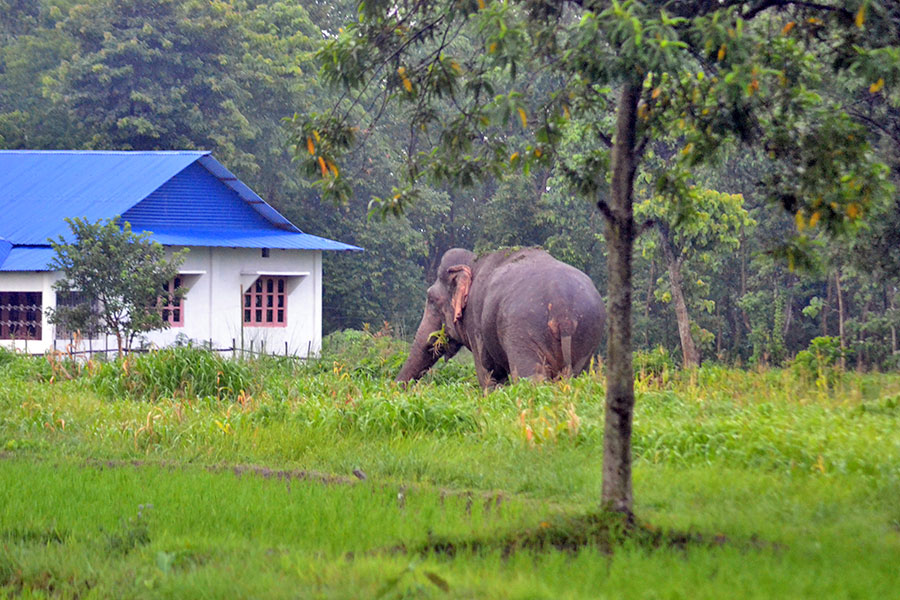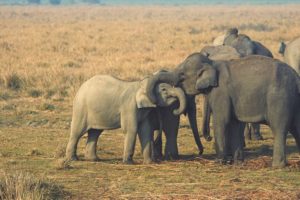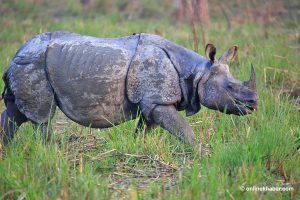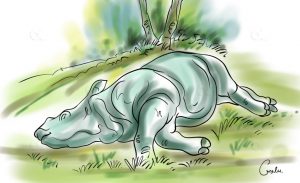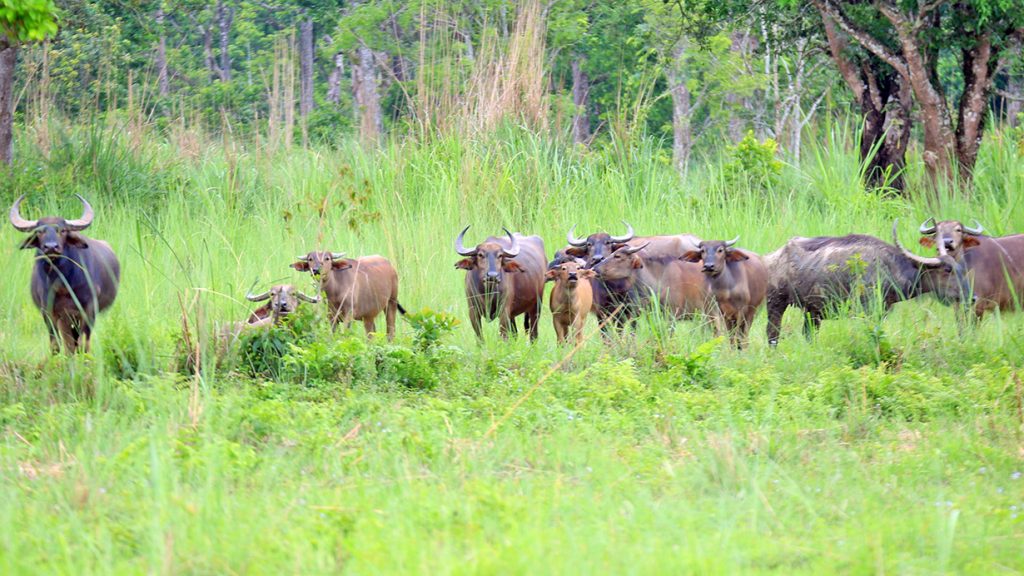
In January 2017, Chitwan National Park came up with a new project in a bid to reinstate the presence of wild water buffaloes, locally known as arnas, in the national park. Around 50 years ago, the place was famous for wild water buffaloes. But, as people started to settle in the region, the endangered species that were found everywhere all disappeared.
In order to reinstate their presence, the park officials decided to bring in wild water buffaloes from Koshi Tappu Wildlife Reserve and the Central Zoo. A total of 15 wild water buffaloes were brought to the park and were kept in an enclosure. Eight more were born, taking the number to 23.
But, in less than five years, the project has failed as all wild water buffaloes have died, raising the question about the project and the negligence of park officials which cost the state a lot of money.
According to park officials, a tiger killed three wild water buffaloes on August 15 at the Padampur enclosure. Prior to this, a tiger had killed two in the same enclosure. Others, they say, died due to various diseases and some died after being swept by a flood during the monsoon. In the past 14 months alone, 13 wild water buffaloes have died, which has raised eyebrows even within the national park itself.
“I don’t believe that a tiger killed three arnas on the same day. A tiger just doesn’t do that. A leopard, yes, but a tiger kills one, eats it and only then kills another,” says a conservation officer at the national park. “How the project failed should be investigated.”
Carelessness galore
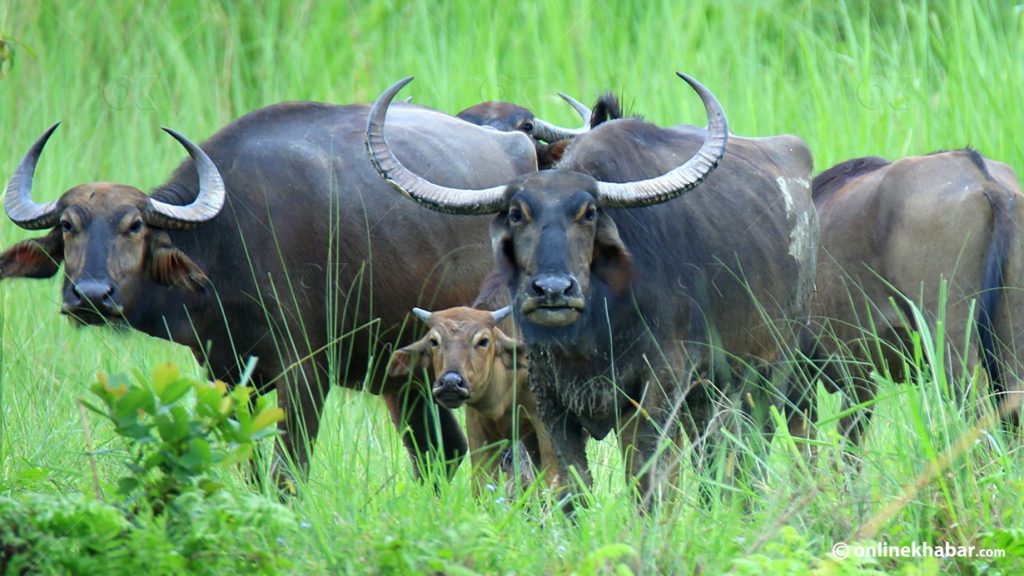
The National Trust for Nature Conservation (NTNC) had hired people to look after the enclosure and the wild water buffaloes. But in recent times, the buffaloes were left in the lurch.
The project was being carried out quite well until 2019 as money was coming in regularly thanks to the USAID and Hario Ban Program of the WWF. But, once the relocation project finished and their funding stopped by the end of 2019, the people involved in the project started to become careless, says a source in the national park.
The source says that the animals were not provided separate food and did not have proper grass to graze on. What was even worse was no one went to the enclosure to monitor how these wild buffaloes were.
But, Chitwan National Park east sector office’s assistant conservation officer Saroj Poudel says monitoring was hard in the enclosure as it had tall grasses as high as an elephant.
In 2019, park officials used the elephants to go into the enclosure on a daily basis and check on the buffaloes and the solar fencing that was around the enclosure. Veterinarians also joined these patrolling to take stock of the buffaloes. But recently, monitoring has become scarce as some believe it did not happen for weeks. It is evident by the recent examples of park officials finding three dead buffaloes at once.
“If people went to monitor the enclosure and arnas on a regular basis, I don’t think 10 of them would have died in a year,” says Kamal Jung Kunwar, the national park’s former chief conservation officer. “It’s clear that people were careless and continued to make mistakes.”
He says that the project did give a little hope that the wild water buffaloes could be reinstated in the national park, but lack of care showed a lot needs to be done on the conservation aspect.
“We need to put efforts into conservation because the project showed it can be done,” says Kunwar.
The project was costly too. Around Rs 3.4 million was spent to build the enclosure on 50 acres of land and Rs 4.5 million was spent to bring the buffaloes to Chitwan from Koshi Tappu and Kathmandu. Park officials say that Rs 17.36 million has been spent on the project, but that has all gone in vain as the buffaloes had died and the enclosure is deserted.
Despite so much being spent, park officials often say they do not have enough budget when it comes to conservation.
“This is a silly argument. They can’t say there are no funds. As conservation officers, they need to come up with plans to generate funds,” says Kunwar. “The plan was not to keep the arnas in the enclosure for just six years but to release them to the wild. So we need to accept where we made a mistake. If we keep them in an enclosure so long, it’s obvious that a tiger will kill them.”
Will Koshi Tappu help again?
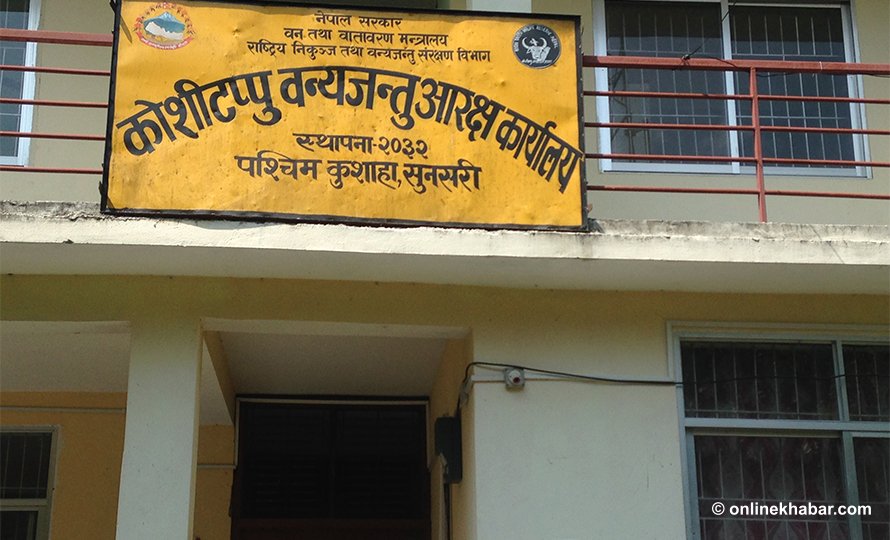
Wild water buffaloes love water and the jungle. They love to sit by the riverside with their herd. The plan to keep them in the enclosure for as long as five years was a bad idea, says Baburam Lamicchane, chief of the Biodiversity Conversation Centre of the NTNC.
“It should have been a holding centre and we should have slowly released them into the jungle. Had we done that, we could have saved them,” says Lamichhane.
The standard size of a wild water buffalo herd is 40 to 50. The Department of National Park was planning to assemble at least 40 wild water buffaloes and then release them into the wild. But, now that all of them died, the national park is unsure if it wants to bring in more wild buffaloes again.
“It’s like we brought them to kill them. What will we say when we ask for more? Will Koshi Tappu’s people give us more,” says a national park official.
Gharial conservation becoming a problem
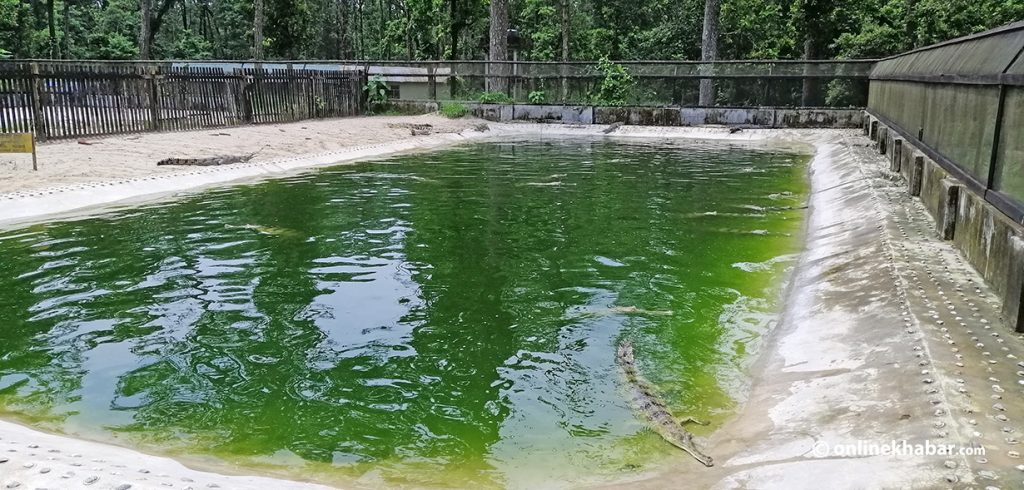
In August, a tiger entered the Gharial Breeding Centre and killed four Gharials. Officials at the park say that the tiger that battled another and was injured entered the centre and killed a 12-year-old gharial.
The centre does have walls around it. But, as the walls were not maintained, the tiger entered the centre and killed a critically endangered specie.
A conservation officer says the officials at the park have neglected gharials too along with wild water buffaloes.
“No one seems interested to save them. I know for sure that in a few years’ time, the Gharial Breeding Centre will be like the buffalo enclosure. There will be a signboard, but there will be no gharials in the pond,” says the conservation officer who doesn’t want to be named.
The centre does not have male gharials and that is a major issue. Park officials almost every year bring eggs laid by gharials in the Narayani and Rapti rivers. But, this is a delicate step as there are not enough people in the centre to monitor the hatching process. It has started to raise questions if the centre can save gharials in the future.
This story was translated from the original Nepali version and edited for clarity and length.






